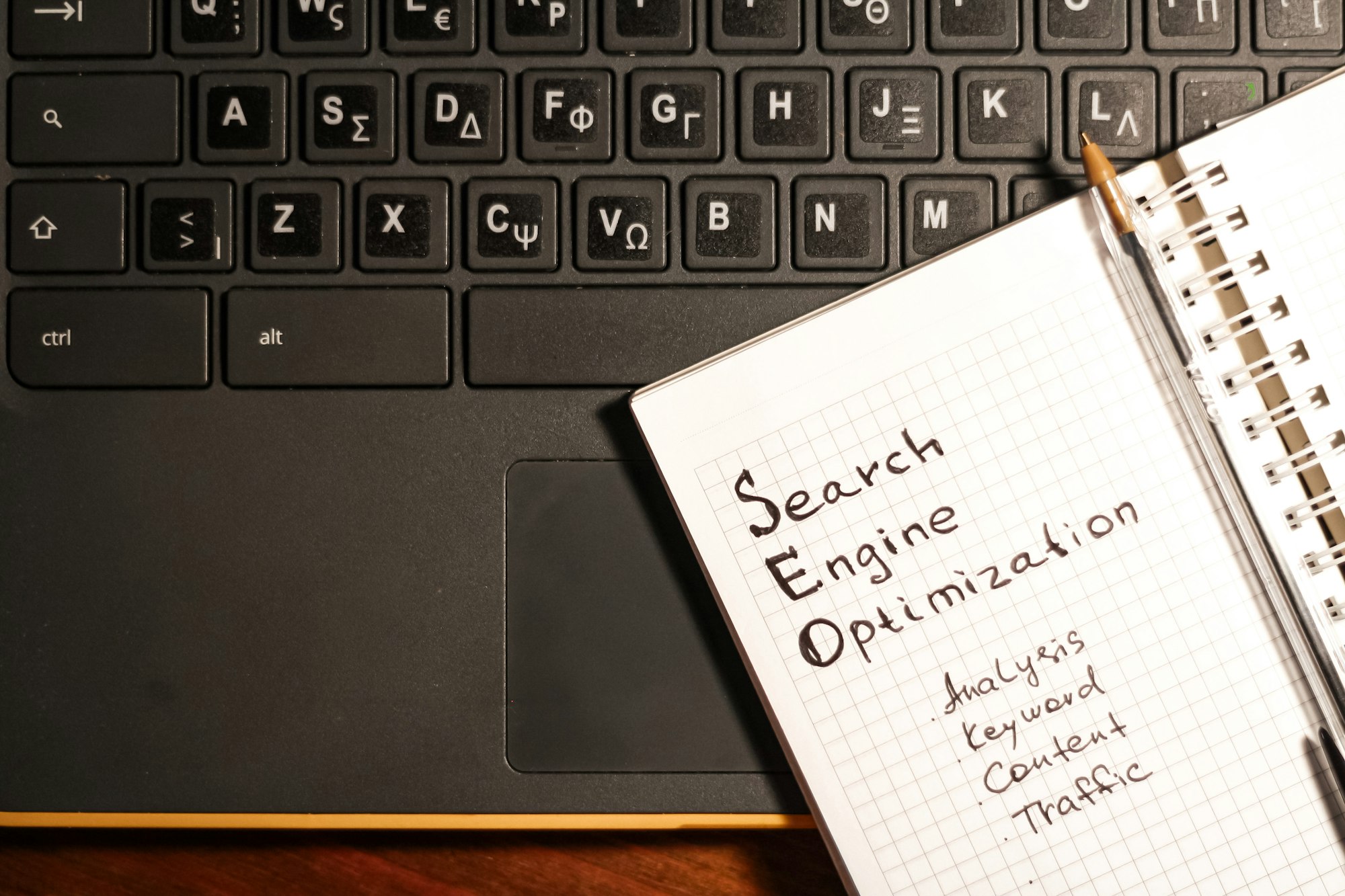In the ever-evolving landscape of digital marketing, striking the perfect balance between Search Engine Optimization (SEO) and User Experience (UX) is crucial for achieving Google success. In this comprehensive guide, we explore the intricacies of optimizing for search engines while ensuring an exceptional user experience, leveraging data-driven insights and best practices.
The Intersection of SEO and User Experience
SEO and UX are often perceived as two distinct strategies; however, they are intrinsically linked. Effective SEO practices can enhance user experience, and a seamless UX can improve SEO performance. Understanding this symbiotic relationship is key to developing a holistic digital marketing strategy.
Why SEO and UX Must Coexist
- User-Centric Content: Google’s algorithms prioritize content that meets user intent. High-quality, relevant content engages users and reduces bounce rates.
- Technical SEO: Fast loading times, mobile responsiveness, and secure connections (HTTPS) are crucial for both SEO and UX.
- Navigation and Structure: Clear, intuitive navigation and well-structured content make it easier for users to find information, which also aids search engine crawlers.
Optimizing Content for Both SEO and UX
High-Quality, Relevant Content
Creating content that resonates with users and search engines involves understanding the target audience’s needs and preferences. Utilize keyword research tools to identify relevant terms and phrases, but focus on delivering value through well-researched and engaging content.
Utilizing Header Tags and Subheadings
Header tags (H1, H2, H3) not only help structure content for readability but also signal importance to search engines. Use keywords strategically in headers and subheadings to improve SEO while enhancing user comprehension.
Incorporating Visual Elements
Images, videos, and infographics break up text and make content more engaging. Ensure all visual elements are optimized for fast loading times and include descriptive alt text for accessibility and SEO benefits.
Technical SEO for Enhanced User Experience
Mobile Responsiveness
With the majority of web traffic coming from mobile devices, ensuring a mobile-friendly design is imperative. Responsive web design improves usability and is a significant ranking factor for Google.
Page Speed Optimization
Slow loading times frustrate users and lead to higher bounce rates. Use tools like Google PageSpeed Insights to identify and fix issues affecting speed. Optimize images, leverage browser caching, and minimize JavaScript and CSS files.
Secure Browsing Experience
Google favors websites with HTTPS, indicating a secure connection. Ensure your website is SSL certified to build trust with users and improve search rankings.
Improving Website Navigation and Structure
Intuitive Navigation
A well-organized navigation menu helps users find information quickly. Use clear, descriptive labels and a logical hierarchy to guide users through the site.
Internal Linking Strategy
Internal links connect related content, helping users explore more of your site. This not only enhances the user experience but also distributes page authority, aiding SEO.
URL Structure
Clean, descriptive URLs that include keywords are more user-friendly and improve search engine visibility. Avoid complex parameters and ensure consistency across the site.
Monitoring and Improving UX Metrics
Analyzing User Behavior
Use tools like Google Analytics to monitor user behavior, including time on page, bounce rates, and navigation paths. This data provides insights into how users interact with your content and where improvements are needed.
Conducting A/B Testing
A/B testing allows you to experiment with different elements of your website to determine what resonates best with users. Test variations of headlines, images, calls-to-action, and more to optimize both UX and SEO.
Gathering User Feedback
Direct feedback from users can highlight pain points and areas for improvement. Use surveys, feedback forms, and usability testing to gather actionable insights.
Conclusion
Balancing SEO and user experience is not a one-time effort but an ongoing process. By focusing on creating high-quality, relevant content, optimizing technical aspects, and continuously monitoring user behavior, you can achieve sustained Google success. Implement these strategies to ensure your website not only ranks well but also provides an exceptional user experience.





